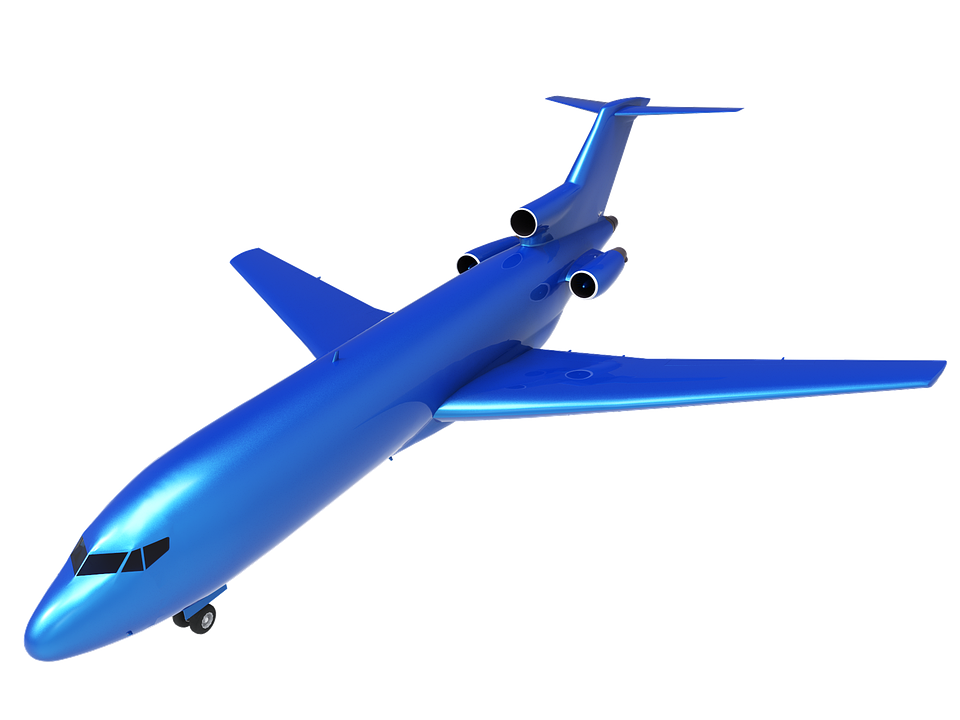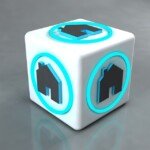Understanding Thermal Creep in 3D Printing: A Comprehensive Guide
3D printing enables creators to turn digital dreams into tangible objects, but technical barriers such as thermal creep Even the most perfect workflow can be disrupted. Whether you’re a hobbyist troubleshooting an FDM printer or an engineer prototyping metal parts, understanding thermal creep is critical. In this guide, we’ll demystify this common problem, explore its impact on different printing technologies, and reveal how professionals like GreatLight address thermal challenges in high-stakes metal additive manufacturing.
What is thermal creep?
Thermal creep occurs when excess heat propagates upward from the nozzle into parts of the extruder assembly that are designed to remain cool. In FDM (fused deposition modeling) printers, this occurs when the filament softens or melts prematurely in the printer. "cold end" (the area above the heater block), leading to clogging, under-extrusion, and failed prints.
The core question? Thermal management failure. The hot end must maintain a clear temperature gradient: the heater block melts the filament at a temperature of 200–300°C, while the heat breaker and heat sink above it must be kept below 50°C to keep the filament solid. if hot "Creep" Too high and the entire extrusion system will shake.
How Thermal Creep Happens: Science Simplified
Thermal creep results from imbalances in three key areas:
- Poor heat dissipation: Insufficient cooling (such as a failed fan) can trap heat in the radiator.
- Thermal load is too large: Prolonged high-temperature printing or abrasive filaments (such as carbon fiber) can flood the cooling system.
- Mechanical design flaws: Poor quality thermal breaks, worn thermal paste, or retraction settings pulling the hot filament back.
In FDM printers, this usually happens when printing for long periods of time or when using high-temperature materials (e.g., ABS, nylon), where heat gradually builds up, but this can be catastrophic.
Symptoms and Diagnosis
Spot heat spread early with the following signs:
- 🚩 partial squeeze: Printing starts well, but after a few hours there is not enough extrusion.
- 🚩 Filament clogged: The softened filament is bent at the cold end, grinding the feeder.
- 🚩 Pulling/Applying: Uncontrollable oozing of heat-softened filaments.
- 🚩 crackle: The water in the overheated filament evaporates violently.
For tips: If the paper jam continues for more than an hour after printing, thermal creep may occur.
Repair and prevention strategies for FDM printers
Use these proven solutions to combat thermal creep:
✅ Optimize cooling
- Make sure the heat sink fan is running at 100% during printing.
- Clean vents that are clogged with dust; upgrade to a high CFM (cubic feet per minute) fan if needed.
✅ Adjust printer settings
- Reduce the extruder temperature to the lowest recommended range for the filament.
- Lower retraction distance/speed minimizes movement of hot material.
✅ Hardware upgrade
- install one Copper thermal break: The thermal conductivity of copper can cause a sharp drop in temperature.
- Apply thermal paste between the heat sink and heat sink to promote heat transfer.
- Use silicone "sock" Place on heater block to insulate.
✅ Environmental control
- Avoid printing in hot rooms (>30°C).
- Pause printing during heat waves to prevent thermal runaway.
Thermal Creep in Metal 3D Printing: Why Thermal Matters More
Although thermal creep is rare Metal Additive Manufacturing (AM) Thermal management still exists due to fundamentally different processes (e.g., SLM, DMLS) mission critical. In metal additive manufacturing:
- laser or electron beam Metal powders are melted at temperatures above 1,000°C, creating extreme thermal gradients.
- Uncontrolled heat can cause residual stress, warping, or microcracks in aerospace or medical components.
At GreatLight, we deploy advanced strategies to address thermal challenges:
- Accurate monitoring: Real-time infrared sensor maps temperature distribution during build.
- AI-driven scanning strategy: Laser alternating pattern to evenly distribute heat, minimizing stress.
- Post-processing mastery: Stress-relieving heat treatment and CNC machining ensure dimensional stability.
Unlike FDM, where thermal creep can destroy extrusions, metal AM requires overall thermal control from powder melting to final annealing to ensure structural integrity.
Why trust GreatLight for your metal 3D printing needs?
At GreatLight, we combine cutting-edge technology with deep materials expertise to solve complex manufacturing challenges:
- Industrial grade equipment: Advanced SLM/DMLS printer for alloys such as titanium, Inconel and aluminum.
- Complete workflow control: Design optimization → printing → stress relief → one-stop CNC finishing.
- Speed without compromise: Rapid prototyping with our functional parts and end-use production.
Whether you are in aerospace, automotive or healthcare, GreatLight delivers precision metal parts with zero thermal defects-every time.
in conclusion
Thermal creep can plague FDM enthusiasts by disrupting extrusion, but with strategic cooling, hardware tweaks, and environmental control, it’s a solvable problem. For metal 3D printing, thermal management is more than just "Creep" Millisecond accuracy and superior post-processing are required to prevent part failure.
As the industry demands stronger, lighter, and more complex components, partner with experts who master the science of heat. GreatLight’s metal additive manufacturing services eliminate thermal defects at every stage, transforming your boldest designs into flawless realities.
Frequently Asked Questions About Thermal Creep and Metal 3D Printing
❓ Does PLA undergo thermal creep?
Yes! Although PLA prints at a lower temperature than ABS, long printing times (6+ hours), high retraction, or poor cooling can still cause clogging.
❓ Do you have experience in metal powder printing? "thermal creep"?
Not exactly the same. Metal AM faces thermal stress during the melting/cooling phase. GreatLight alleviates this problem by controlling chamber temperature and process monitoring.
❓ How quickly can GreatLight produce custom metal parts?
Depending on complexity, we deliver prototypes in 3-5 days and production batches in 2 weeks, including completion.
❓ Can I print metal parts without post-processing?
unnecessary. Metal parts require stress relief, support removal and surface finishing (e.g. machining, polishing). GreatLight handles all steps to meet tolerances (±0.1mm standard).
❓ Why does my printer jam with only certain supplies?
High-temperature filaments (e.g. PETG, nylon) require more heat, increasing the risk of creep. Switch to an all-metal hotend and optimize fan cooling.
❓ What materials does GreatLight focus on?
We machine stainless steel, titanium, Inconel, copper alloys and tool steels – custom made to project specifications.
Transform complexity into perfection
Fight thermal creep in prototype or scale precision metal production – GreatLight combines innovation with reliability. Contact us for a quote on custom metal parts, backed by industry-leading expertise and agility.


















